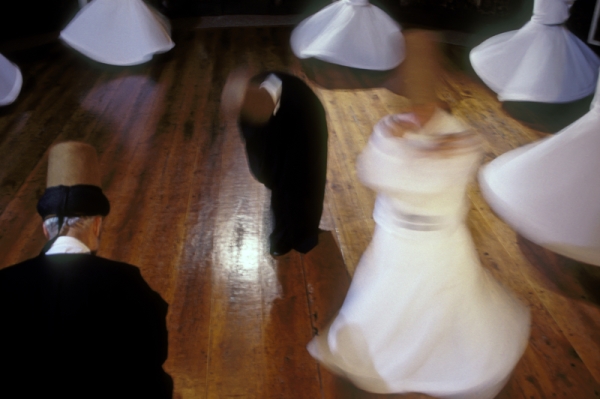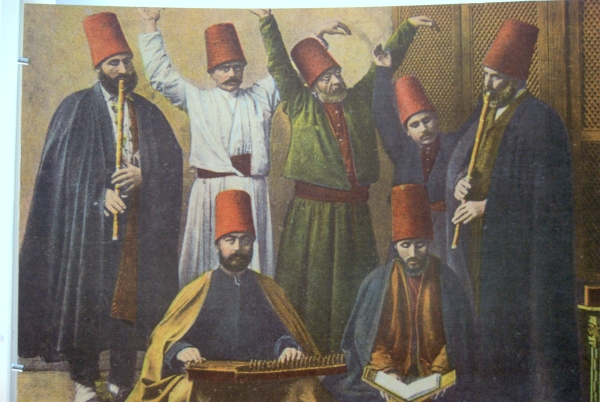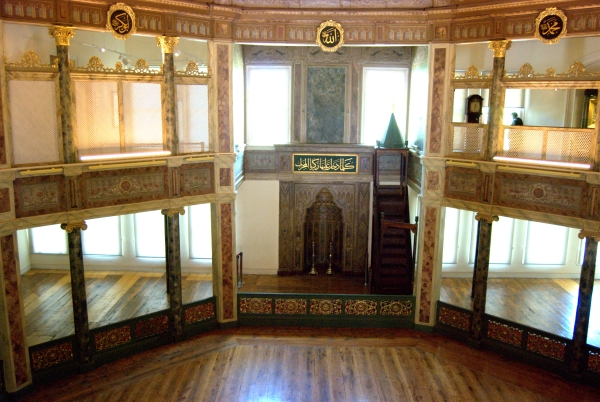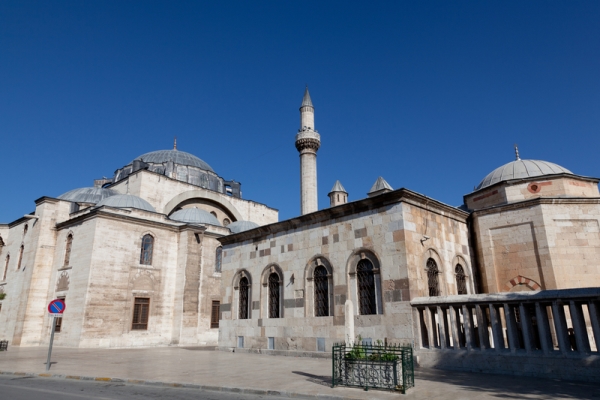MYSTERIOUS, enchanting, unbelievable, breathtaking – no, not a description of Turkey, albeit that is correct – no, the words adequately describe the other alluring attraction of tourists to Turkey – it’s Whirling Dervishes. Often used as a quote across the world for people in a mad spin, or doing various jobs at once, the very original Whirling Dervishes are anything but.

History of the Whirling Dervishes of Turkey
The Dervish originates from the Mevlevi Sufi order which was founded in the 13th century by Celaleddin Mevlana Rumi on a visit, and ultimate stay, in Konya. He met Mehmet Shemseddin Tebrizi, one of his father’s disciples, but the association ended when Rumi’s disciples, fearing Tebrizi`s influence, killed him.
Rumi lost himself in meditation and wrote many poetic works, including the Mathwani.

On his death in 1723, his son organized his disciples and with Konya as the base, formed the brotherhood of the Mevlevi – the Whirling Dervishes. Throughout the Ottoman Empire, the Dervishes exercised considerable influence on the social, economic and political infrastructure before Mustafa Kemal Ataturk, the founder of modern Turkey, abolished the Dervish orders in the early 20th century.
The brotherhood was revived by the Turkish government in 1957 as a “cultural association”.

Sufi Whirling
The Dervish is a Muslim religious man who is undergoing an apprenticeship of learning the profession that will bestow him with eternal livelihood.
Whirling is one of the various methods, which is used by the Sufis (Islamic ascetics) to get closer to their revered Allah (God). Whirling Dervishes perform near the Mevlevi Museum in Konya in the annual Mevlana festival.
Dervishes wear tall, conical felt hats, white robes with full skirts and voluminous black cloaks above it. The hats symbolize the tombstones of their egos; white robes the shrouds of their egos and the black cloaks represent their tombs.
At the beginning of the ceremony, the black cloak is discarded to signify their liberation from the attachments of this world.
The whirling ritual of the Dervishes begins with a chanted prayer. Then a kettledrum sounds (symbol of divine order) followed by a musical improvisation on the “ney” or reed flute (symbol of divine breath).
After this, the master bows, leads the Dervishes in a circle and then on reaching the head of the hall they bow to each other. On completion of three circles, the Dervishes drop their black clothes, approach the master with their arms folded on their breast and then after bowing, kissing his hand and receiving instruction, they spin out on the floor.
While whirling, the Dervishes’ arms are open: his right arm is directed to the sky to receive God’s beneficence; his left hand, upon which his eyes are fastened, turned toward the earth.
The whirling of the Dervishes implies their renunciation of the worldly life to be reborn in union with God.

During the Ottoman Empire era, the Mevlevi order produced a number of famous poets and musicians such as Sheikh Ghalib, Ismail Ankaravi and Abdullah Sari.
The order is still active in Turkey, currently led by the 20th great-grandson of Rumi, Faruk Hemdem Çelebi.
Readers Question : Have you seen a whirling dervishes show before?
 See a Whirling Dervish show
See a Whirling Dervish show
If you are in Istanbul or Konya, it is possible to see a whirling dervish show. Just let us know the dates you want to attend and we will arrange the rest. Tell me more...
